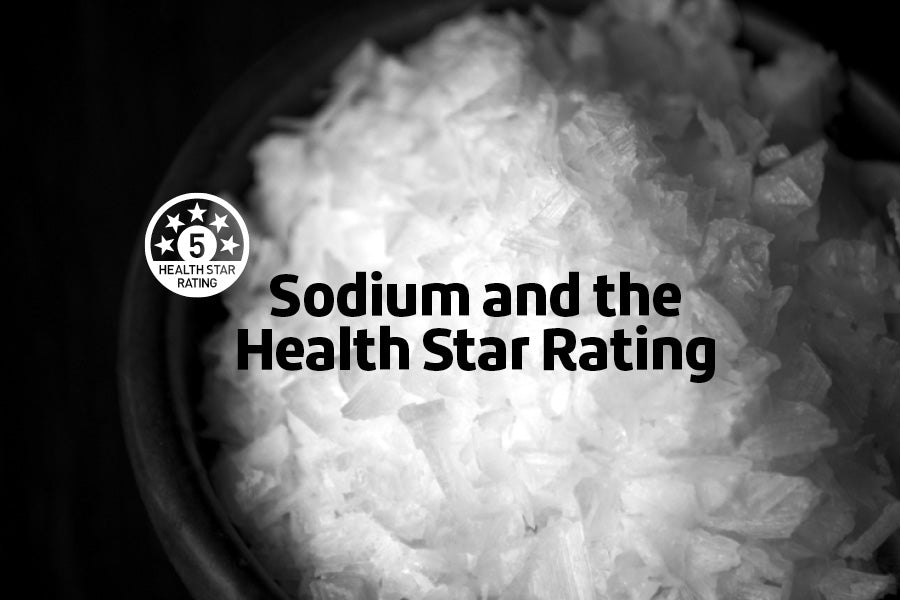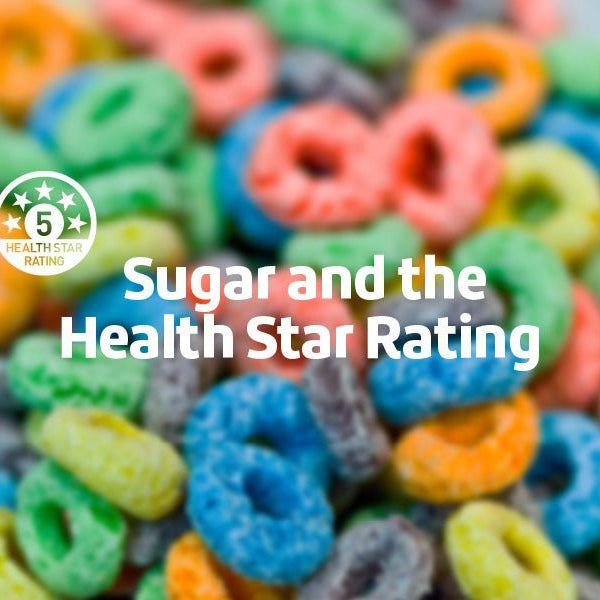
We’re continuing to look at the elements of the Health Star Rating (HSR) system, and today we're looking at sodium! We looked at Saturated Fat last week, so if you missed it, check it out here at Health Star Rating - Saturated Fat.
Articles consulted:
What is sodium?
Sodium is a mineral that your body uses to regulate and pump fluid into your cells, as well as aid in muscle contractions, nerve transmission, maintaining pH balance and hydration.Is it good or bad for me?
Sodium is needed for our bodies to function, but we only need a small amount which can be found in food naturally. Table salt is different to sodium, as it contains 40% sodium and 60% chloride. It is not however, the main concern for our dietary intake of sodium; processed food is. Unfortunately, 75% of the sodium we eat comes from processed and manufactured foods. We need sodium, but because we eat so much processed food we tend to eat too much, which can lead to high blood pressure and cardiovascular disease. Like all things, we need to recognise what our bodies need and not eat it to excess. So if you love your chips extra salty, maybe thing twice next before you go to grab the salt shaker.How much sodium should I be eating during the day?
The recommended daily intake of sodium is 1,500mg, however we tend to consume over double that at 3,400mg on average each day! To give you an idea, 1,500mg is about ¾ of a teaspoon of table salt. However as we need so little sodium in our diet, eating less than this daily recommended amount is not a bad thing. ' As we tend to eat more than we need to without realising it, it's super important to check the labels of the canned and process foods you're picking up and see if there was any salt added to it. Manufacturers generally need to add some salt to their food as a preservative, but if you can, choose the "low salt" or "no added salt" options when available.What foods are high in sodium?
The main thing to look our for are highly processed or manufactured foods, especially in these categories:- Sauces and salad dressings (especially tomato sauce and soy sauce)
- Cured meat and fish (especially bacon and sausages)
- Cheese
- Pickled vegetables
- Instant soups
- Salted snacks (nuts, chips, pretzels)
- Fast foods
- Canned vegetables


